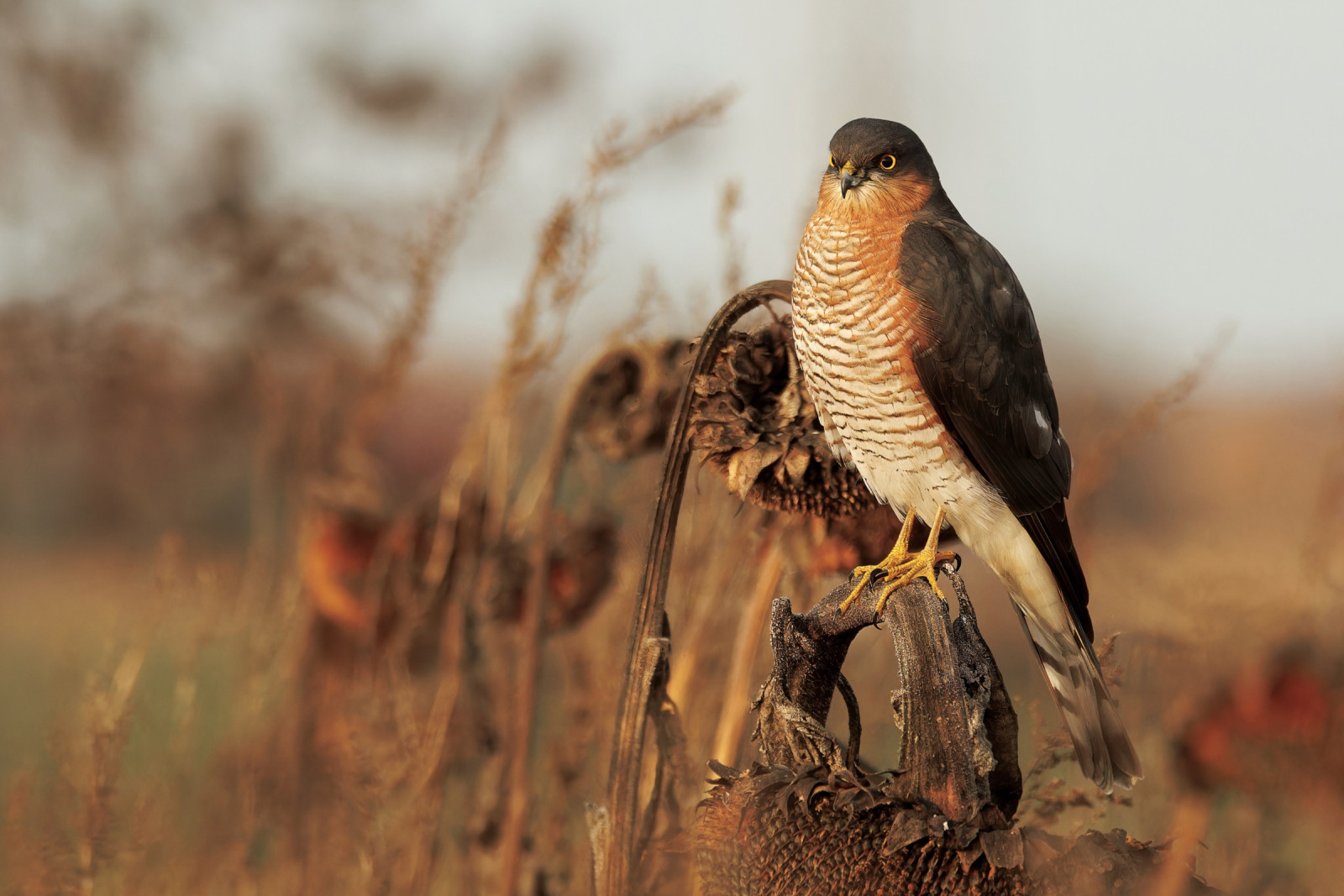Opis
New Earswick Nature Reserve is the clay pit and former brick works which was established in 1902 to supply bricks and roof tiles for the growing village of New Earswick. The pit gradually filled with water, became “wild” and is now a nature reserve. Following incidents of vandalism and misuse, the reserve was fenced some years ago and is now kept locked. Public access is limited to open days and by arrangement with the Trust (see the link below). A variety of birds can be seen on the water as well as around the Nature Reserve. zimorodek, Tits, and pełzacz leśny are regular visitors to the reserve along with krogulec, bernikla kanadyjska and kokoszka (zwyczajna). The nature reserve also has it’s own bird hide at the western end.
Szczegóły
Dostęp
New Earswick Nature Reserve is located at Off 4TH, Alder Way, New Earswick. Public access is limited to open days and by arrangement with the Trust (see the link below). Regular Open Days take place throughout the year with the first being in late February/early March featuring birds before they nest through to a final Open Day in late September.


